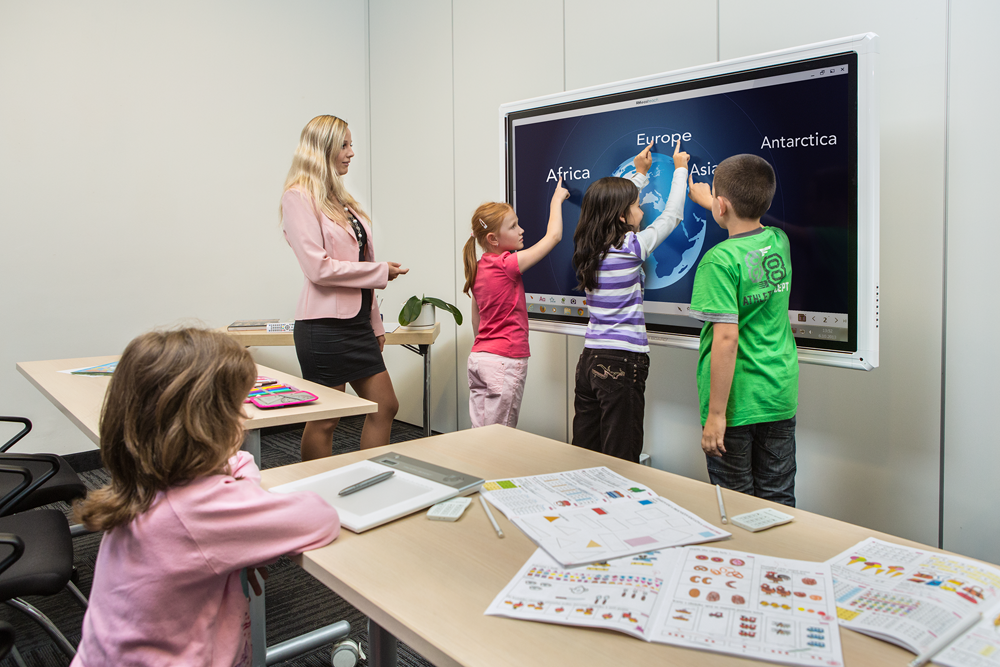
Learning and education are dynamic fields that deal with diversity based on several variables. One of the earliest challenges of formal education was lumping children of different needs, skills, proficiency, and abilities together in hope that everyone will catch up at some time. Unfortunately, some students did not quite meet the expectations or academic landmarks of their peers, not because they were dull, but because the right kind of educational approach was not offered to them.
Thankfully, as science and technology continued to identify areas that require improvements, the place of audiovisual channels in delivering education to a wider audience became established, so much so that audiovisuals have now become integral to academics, researches, scientific projects, military simulation, construction projects, and simulations, etc.
Audiovisual Education
Audiovisual means the use of electronic media that involves a combination of visual and sound components. Many instructors have found that employing the audiovisual option of teaching makes their classes more interactive, effective, and more student-centered. Little wonder that it has become widely accepted across the world from its humble beginnings in the seventeenth century. The use of audiovisual products for educational purposes has also been seen to improve the comprehension and retention of learners, and have become a favorite instructional option across the world with an abundance of YouTube videos, educational DVDs, PowerPoint presentations, and many more. This has opened up a value chain for companies to produce these resources, with companies such as SF Anytime, Disney, and many others providing resources that span from early childhood education to professional productions. Depending on the level of education, there have even been instances where learners have been asked to come up with their audiovisual learning aids as part of their coursework or assignments, and there is no gainsaying the fact that whatever information and/or techniques they learn in the course of the project will stay with them for a long time.
Audiovisual Entertainment
Instructors and professionals in the childhood development and care industry will tell you that “we learn best when we play”. Cast your mind back to the most distant information you can imagine, and you might find out that it holds a memory of a playful learning session. This is why nursery rhymes are so powerful – they embed information that might last us throughout life into songs and dance routines. Audiovisual entertainment like movies, cartoons, games, and arts not only help individuals to develop different skills such as motor skills, hand-eye coordination, logical thinking, problem-solving, attention to detail, and analytic skills, among several others. What’s more, through audiovisual entertainment, basic messages such as kindness, loyalty, love, friendliness, rules of etiquette, and many others are taught to children (and adults) informally.
Another example of the power of audiovisuals is an advertisement, where companies display different images that indicate the potentials of their products. For example, companies that offer hormones and supplements such as suomiarvostelut might find that they communicate best with their target audience through the use of audiovisual marketing tools and strategies.
The Verdict
Are audiovisual entertainment a form of education? For the inquisitive minded individual, everything is a form of education. Audiovisual entertainment is a platform that has the potential for educational use, and these potentials are being harnessed regularly these days. Indeed, we learn a lot through the forms of entertainment we indulge in, for instance, a lover of crime movies will not only pick up legal and criminal references and terms but will learn to analyze situations, look for clues, think like a detective or a criminal, or both. Whether this leads such an individual to pursue formal education or a professional career in the field is another matter entirely.
We cannot however take away the fact that whatever we see stays with us for longer than what we hear, and audiovisuals are poised to take learning to a higher level through simulations, 3-dimensional productions, and many other technologies that are evolving in the world today.